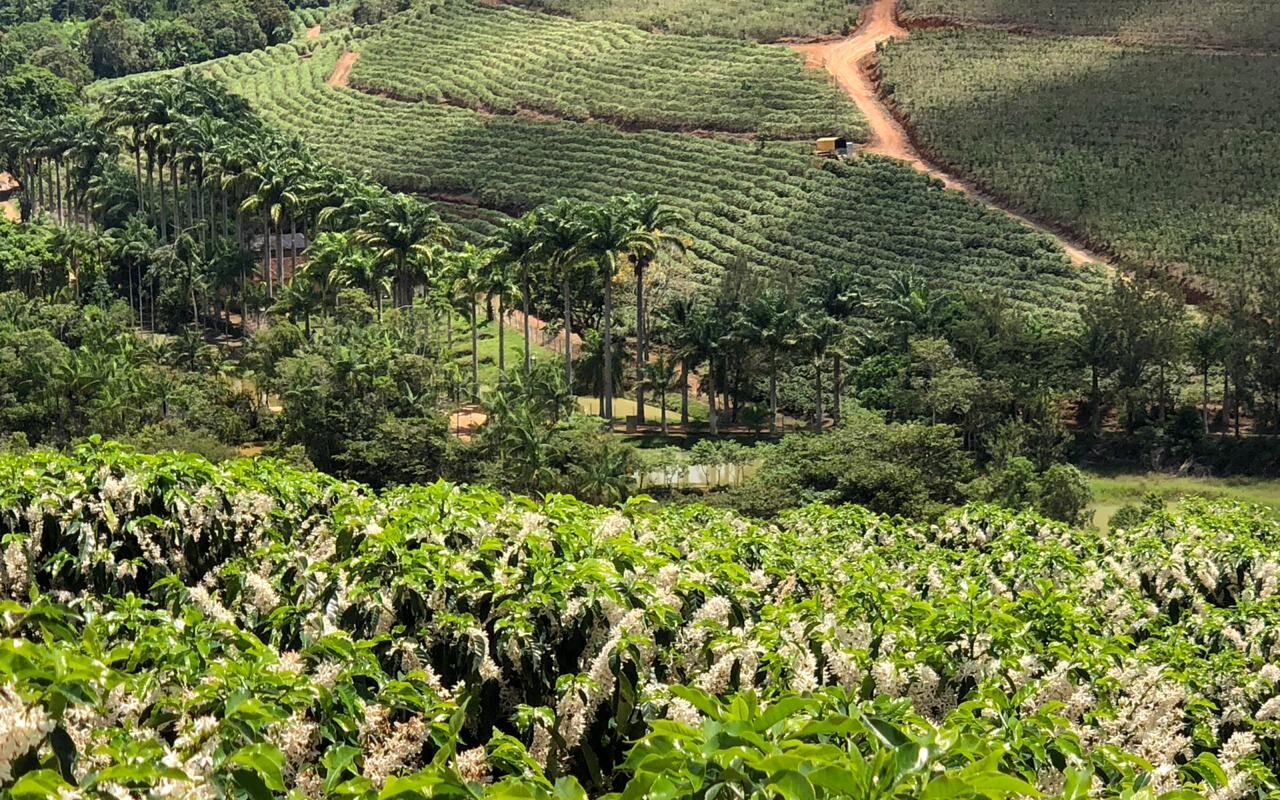
If you are into coffee you’ve heard many times that altitude plays a significant role in the quality of coffee. But what exactly does altitude do to coffee, and is it possible to produce great coffee in low-altitude areas? In this article, we’ll explore the relationship between altitude and coffee quality and provide some tips for producing specialty coffee in low-altitude areas.
How Altitude Affects Coffee Quality
Altitude is one of the most important factors affecting the quality of coffee. As a general rule, the higher the altitude, the better the coffee. This is because coffee beans grown at higher altitudes tend to be harder, denser, richer in flavor, and have more sugar content than beans grown at lower altitudes. Therefore coffee grown in high altitudes tends to have a more complex flavor profile.
But the big point here is to try to understand why altitude affects quality so that we can try to recreate the situation in lower-altitude farms. So let’s go.
First, high-altitude coffee plants are exposed to more intense sunlight and colder temperatures, which slows down their growth and allows the coffee to develop more slowly. This slow development results in beans that are denser and have more sugar.
Second, high-altitude coffee plants are often grown in volcanic soil, which is rich in minerals and nutrients that are essential for coffee growth. And of course, nutrient-rich soil helps coffee plants produce beans that are full-bodied and flavorful.
Finally, high-altitude coffee plants are often exposed to more moisture which is also great for the development of the beans. The combination of moisture, nutrients, and slow growth results in a great cup of coffee.
Tips for Producing Great Coffee in Low-Altitude Areas
While high-altitude coffee is generally known to be better we all know that it is still possible to produce great coffee in low-altitude areas. Here are some tips for producing specialty coffee if your farmly isn’t in a high-altitude area:
- Choose the right coffee varieties. Some coffee varieties are better suited to low altitudes than others. For example, Bourbon and Typica are two varieties that can produce great coffee in low altitudes. So it is important to do some research on the varieties that work well in your region. Usually, a great resource is to ask neighbors what they’ve been planting that ended up being great coffees.
- Use shade trees. Coffee plants are often exposed to intense sunlight, which can cause them to grow too quickly and produce lower-quality beans. To mitigate this, consider planting shade trees around your coffee plants to provide them with some relief from the sun. It can also help conserve moisture and create a more favorable microclimate for coffee growth.
- Pay attention to soil health. The soil being well nurtured is especially important for producing high-quality coffee. Make sure to test your soil regularly and amend it as needed to ensure that your coffee plants are getting the nutrients they need. It is always great to have the help of a professional agronomist to ensure the well-being of your plants.
- Focus on processing. Processing is one of the most important factors in producing specialty coffee, regardless of altitude. If you’re a coffee producer in a low-altitude area, focus on perfecting your processing methods to bring out the best in your beans. This might include experimenting with different fermentation and drying methods always tasting your coffee and trying to find the process that creates a more unique and delicious coffee.
In conclusion, altitude is a critical factor in determining the quality of coffee, but it is still possible to produce great coffee in low-altitude areas. By choosing the right coffee varieties, using shade trees, paying attention to soil health, and focusing on processing, you can produce specialty coffee that is just as delicious as high-altitude coffee.




